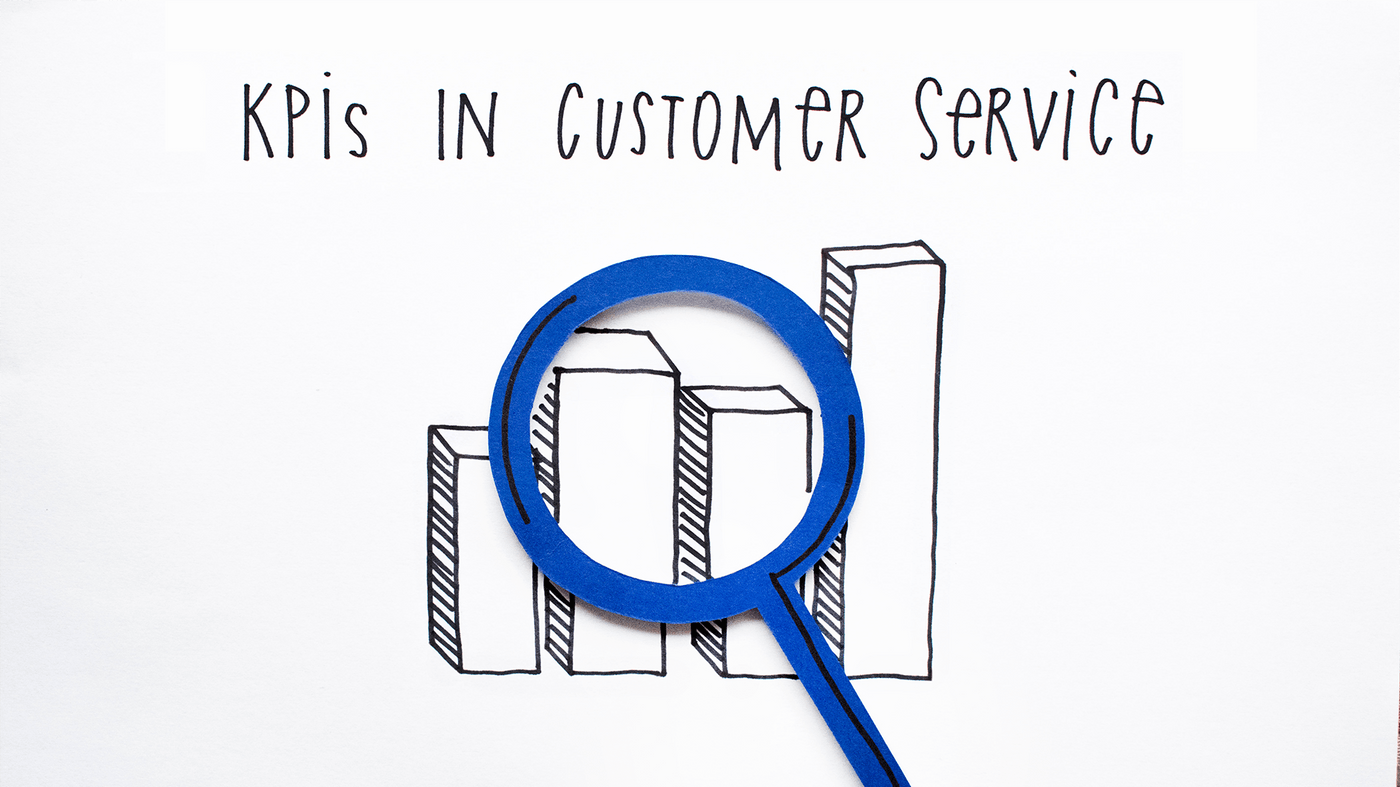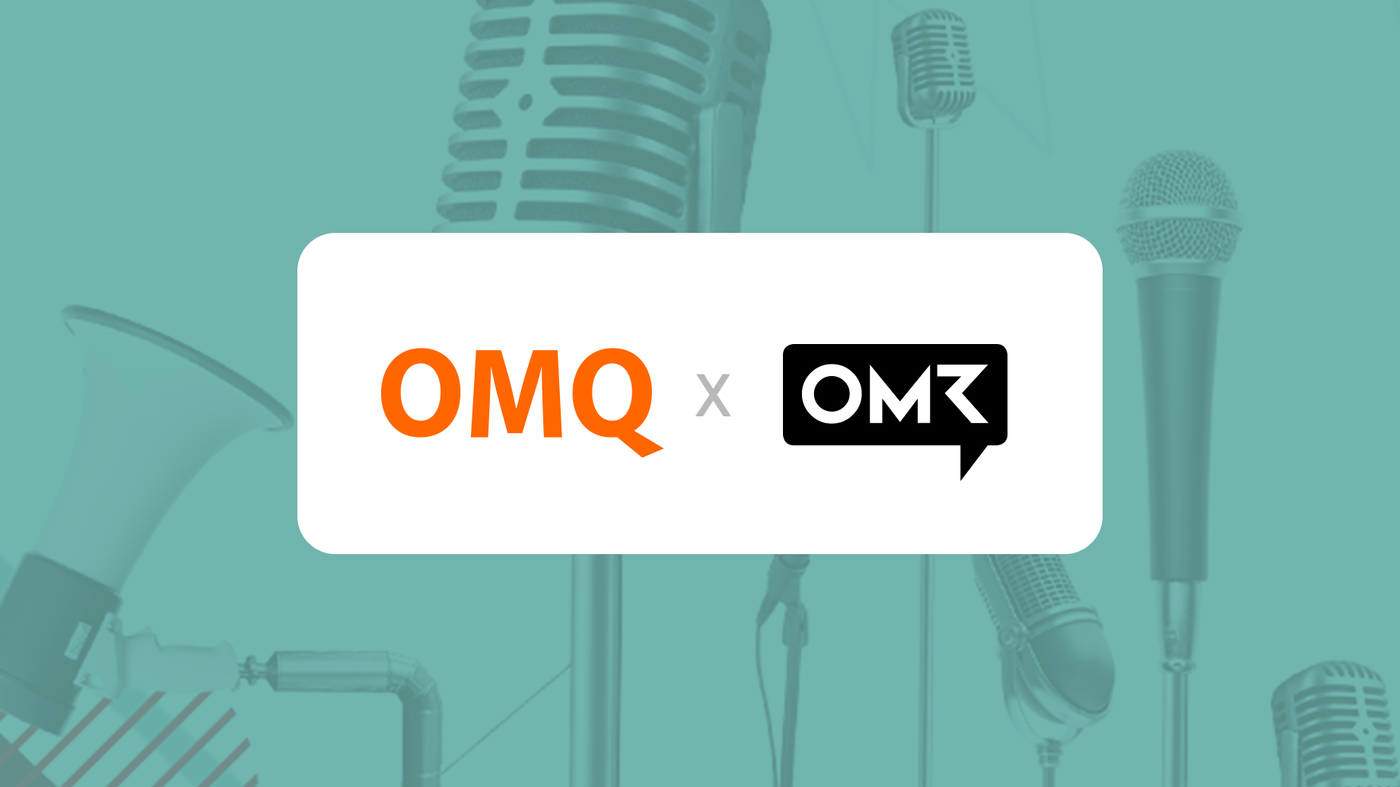How To's
5 KPIs in Customer Service You Can Improve with AI
These 5 customer service KPIs are significantly improved through the use of AI-based tools that automate the service answering process.

Customer Service has become an established industry for a few decades now, and as every industry, it must have a way to measure and grade the quality of their services. Some might argue that efficient and high-quality interactions are a matter of subjective perception, however, there are studies that point towards some guiding features that make the difference between a good and an outstanding customer experience. In the industry they are called metrics or Key Performance Indicators (KPIs)
→ KPIs are performance indicators used to measure and determine the progress or efficiency of some key success factors within an organization.
What are Key Performance Indicators (KPIs)?
As the name implies, Key Performance Indicators are signs that gauge how effective the activities put in place to answer customer requests are. These KPIs serve as a quantitative measurement of the service provided and have a big influence in customer satisfaction and loyalty: the better the scores are, the more satisfied are the customers.
There are several KPIs that affect customer service quality scores. However, in this article we touch upon three that are greatly improved by the automation of customer service processes and the integration of new AI-based software.
First Contact Resolution or FCR
What is First Contact Resolution?

This indicator measures the agents’ capability of solving issues at the first time of contact. This means being able to provide correct information, reroute the customer to the right path and guide them through any necessary process with the first customer request. Indirectly, it also measures the quality of the training process and how efficient the internal communication updates are.
There might be some requests that cannot be put into this metric, but most of the requests can be handled in the first contact. To calculate the FCR, you have to divide the number of requests solved with the first contact into the total number of requests solved.
FCR = requests solved in first contact : total number of solved requests
FCR does not only measure the agents’ capability, but also influences customers’ perception of the company. It is no secret that customer service is one of the reasons customers stay with a company and will swear by it. FCR improves customer loyalty because…
- Increases trust in the company
- Shows how knowledgeable the staff is
- Customers feel supported and secure
- Problems are solved instead of being created
Average Handle Time or AHT
What is Average Handle Time?

Average Handle Time is the measurement that shows how long it takes to have an issue solved. Although it might not be as precise as other KPIs, it is really important to keep track of it as it highlights the efficiency in communication and de-escalation skills the agents have. It also measures how efficient are the internal processes and where to improve in case they are not going as smoothly as expected.
To calculate AHT you must add the agent’s total talking time plus the hold time and then add the total after-call time. This number is then divided by the total number of calls.
AHT = total talking time + hold time + after call time : total call number
When customers call or contact customer services, it is because they really cannot find the answer to their question and need support finding it and solving their issue. The interaction starts from the get-go on bad terms, as there is an issue, and they need to solve it. Being able to do so and establish a better relationship in the shortest amount of time possible tells the customer how important their time is for you and how efficient your agents are at taking care of their issues. Shorter interactions translate into benefits for both the customer and the company:
-
Customer service is perceived as more efficient -
More and better recommendation from customers -
More loyal customer base
Average Speed of Answer or ASA
What is Average Speed of Answer?

Agent productivity lies in solving as many requests as it is possible, this means that the request should be answered with some speed. This time frame is not only important when measuring the agents’ productivity, but also shed a light on how efficient the communication channels are when it comes to request handling. It measures productivity and accessibility.
ASA is calculated by dividing the total amount of waiting time by the number of requests received in a set period of time, then multiplied by 100. This doesn’t count however, the amount of time the customer spends in a menu or navigating through the options to get to an agent. If you find that the number is too high, you might want to consider improving working tools or even hiring new ones.
ASA = total amount of waiting time : requests received in a set period of time x 100
One big issue with customer service is the waiting times to get an answer for a request. The customer wants to find an answer to their question as soon as possible, and waiting might turn into a frustrated customer. By having a lower ASA you could also achieve:
- Better performance perception
- Higher customer satisfaction
- Keeping up the relationship with your customers
How does the OMQ system help?
If you notice that performance is low or just needs an improvement in general but don’t know where to start or how to do it, the best option would be to look closely at the KPIs to know which areas need work. You could work on them one by one or optimize them all by automating the processes behind customer service.
At OMQ, we offer a comprehensive automation solution for your communication channels needs and, with our AI-based software, improve the customer experience right out of the box. We tackle the main challenges these KPIs highlight.
Steady accurate answers
Customers should be able to get the most recent and accurate answers easily. However, due to high information volume, it can be hard to control and verify whether each agent has read every internal communication and is updated on the company’s new policies, sales and protocols.
Our knowledge base solves the internal communication challenge, as it updates information constantly, and you just need to edit or add information once. The system will make it available on every communication channel right away, so that your customers are less likely to receive misinformation, no matter which channel they used to reach you. The OMQ system can be integrated to the help page, the contact form, chat and/or messenger, to the e-mail box and ticket system and answers customer requests automatically with the help of AI. This turns the FCR rate up to 80%
Efficient internal processes
When customers want to make a change, track their shipment or update account information, it is crucial that the internal processes work fast and easy. Waiting on the chat for the process to be completed can be really frustrating to anyone, and this will not only require more de-escalation skills, but will also affect the handling time.
OMQ Automator brings efficiency to a whole new level, by triggering actions in the background while the conversation continues with no pauses or hold time. Changes are made in the background with minimal manual work required, therefore reducing the waiting time and bringing down the AHT, for example:
AHT without OMQ Automator: 5 min
If OMQ Automator handles 30%* of the requests, then the waiting time for that 30% requests is 0 min.
AHT with OMQ Automator: 3:30 min
(*Experience from projects with customers)
Round-the-clock Availability
Customers usually complain about two things when it comes to timely answers from customer service: schedule availability and waiting answer times. Our automation software solves these two challenges with just one implementation.
Our OMQ System works 24/7, as it uses AI to answer requests. This means your company will be there for your customers whenever they need it. But not only will they get extended availability in customer service, but customers will also experience faster response time to their requests. Our software does not require intense human manual work, therefore it can handle hundreds of requests at a time, providing the correct information without having to wait in a queue. Here is an example to better illustrate the improvement of ASA:
Chat ASA without OMQ: 20 sec
With the use of the OMQ Chatbot more than 60%* of the questions can be solved immediately. On average 40%* of the questions are automatically processed, so that the response time for these 40% of the questions is 0 minutes.
Chat ASA with OMQ Chatbot: 12 sec
(*Experience from projects with customers)
Our AI Solution Line
We back companies by bringing state-of-the-art technology to their customer service. Our goal is to answer every customer request just once manually and then let AI take the wheel. OMQ software is ready to answer requests as soon as it is implemented, it learns and stores relevant information in a central knowledge base and supports more than 30 languages. Our product range improves the ticket system, email inbox, contact form, help page and chat.
If you have any questions about our products and services, do not hesitate to contact us here. We will be more than happy to help you! :)



